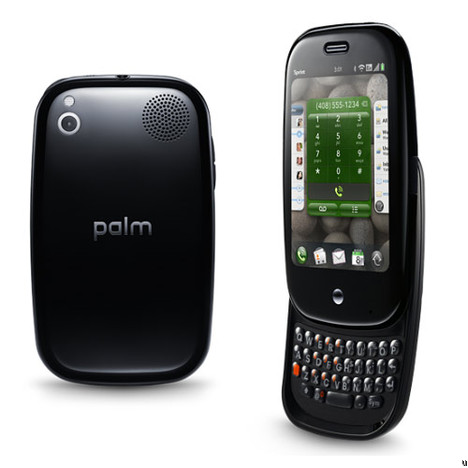
| HP, one of the largest computer manufacturers in the world, has bought smartphone manufacturer Palm for $1.2 billion (around £800 million), paying £3.80 per share. The transaction has been approved by the boards of directors at HP and Palm and is expected to close by 31st July, pending shareholder and regulatory approval The deal will also see HP inherit Palm's estimated £270 million of debt, which will be paid off using Palm's cash assets. |
Rumours surrounding the struggling smartphone maker were swirling long before HP formally announced the acquisition. In fact, ever since the Palm Pre smartphone received a lukewarm market reception, industry pundits have said it was a target for acquisition. Reports suggested the company was working with Goldman Sachs to find a buyer.
| The firm's critically acclaimed WebOS mobile operating system was seen as Palm's prized asset and heavily influenced HP's decision to go ahead with the acquisition. HP said the combination of its "global scale and financial strength" with Palm's webOS platform "will enhance HP's ability to participate more aggressively" in the smartphone and connected mobile device markets. HP is no stranger to the smartphone market, having produced a variety of Windows Mobile-based iPaq smartphones for business users, which weren't particularly successful While the deal provides a lifeline for Palm, it remains to be seen whether HP can take two fairly unsuccessful smartphone business units and reinvigorate both companies' offerings, enabling them to compete on a global scale. The major competition for HP and Palm will come from Apple's hugely successful iPhone and the rise in popularity of handsets based on Google's Android operating system. Both are relative newcomers, so it will be interesting to see how Palm manages to compete with HP's backing. Brian Humphries, senior vicepresident of strategy and corporate development at HP, said HP plans to "double down on webOS" and intend to "scale it across multiple connected devices". Palm chairman and CEO Jon Rubinstein said he was "thrilled by HP's vote of confidence in Palm's technological leadership" and said the computer manufacturer was "the perfect partner to rapidly accelerate the growth of web OS". During the conference call following the acquisition's announcement, Todd Bradley, executive vice-president of HP's Personal Systems Group and the man tasked with overseeing Palm's integration into HP,
|








0 Comments:
Post a Comment